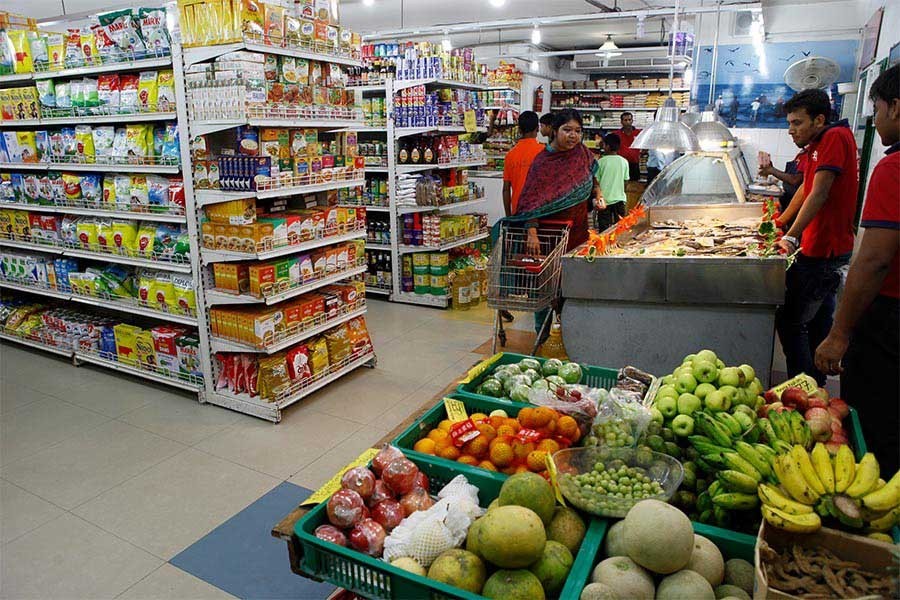Export of processed foods was an uncharted territory about a couple of decades ago. But once entrepreneurs started venturing into it, there opened the prospect of a healthy turnout from such businesses. For quite sometime, assorted biscuits and even roti, porota, nuggets, drumstick and many other meat preparations along with fruit juice and beverages and dairy products imported from Malaysia, Indonesia, Singapore and Thailand took full share of the country's market. This encouraged local entrepreneurs to set up food factories and industries for mass production of such items and even go for further diversification of processed foods. Today local brands have captured the market which is mostly urban-based, thanks to imposition of high duty on import. With more people becoming conscious of food intake, the initial enthusiasm of consumers about processed foods has somewhat ebbed now in urban locations. On the other hand such foods could make no inroad into wider market beyond urban periphery.
Thus the exploration of foreign market became incumbent on the manufacturers of such foods. Particularly in countries where the Bangladeshi communities are numerous and strong, many of the processed foods manufactured in their home country enjoy high demands. Quite a number of local companies started earning handsome incomes from exports of their products. Imported automatic machines set up to churn out products on a large scale played a vital role behind their success. In the fiscal year 2018-19, the export of processed and dry foods peaked to fetch an all-time high foreign exchange of $700 million. However the surge could not be maintained this year. In the first seven months of the year (July-January), export earning registered a drop of 11 per cent compared to the same period of the previous year. Something somewhere has gone wrong. If the official target set earlier is taken into account, it has been 15 per cent lower. The reason why exporters of the processed foods have failed to achieve the target or maintain the previous year's level is their lack of competitiveness.
Agro-processing is dependent on the availability of primary items and their prices. Competitors like India have abundant supply of such items and the prices are lower also there. Lower bank interests will definitely help agro processors and exporters to a large extent. But if the price gaps are wide between Bangladesh and competing countries, lower interest alone will not be enough to get a competitive edge. Managerial efficiency, higher production at lower costs and similar other measures will be required to stay competitive.
When food grains have largely remained cheaper in domestic and international market, it is intriguing that agro-processed foods fail to compete with those produced in rival countries. Dependence on middle parties for raw or primary items can be done away with to reduce the procurement cost. Agro-processing companies can establish direct connectivity with farmers at the farm level and supervise and monitor cultivation from plantation up to harvesting. This will ensure quality of those items and also help share the benefits rationally between the two parties. Thus the manufacturing cost will come down considerably and make them competitive.


